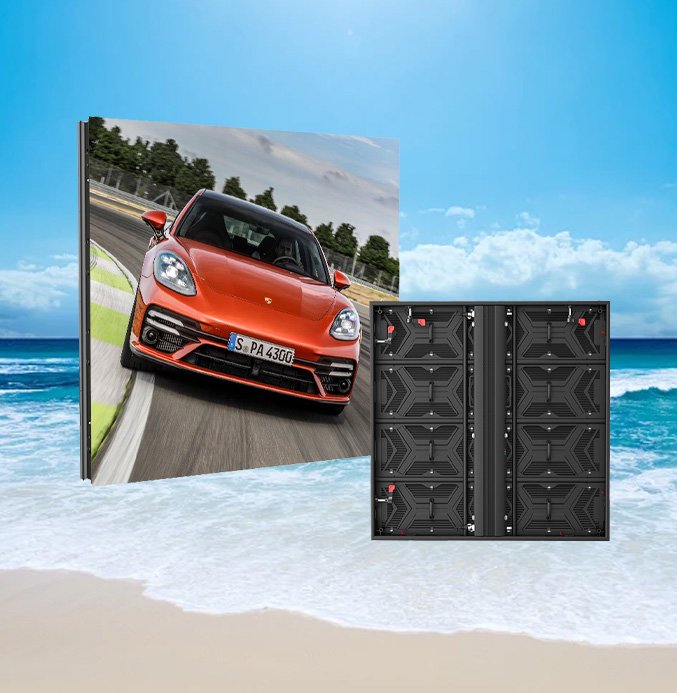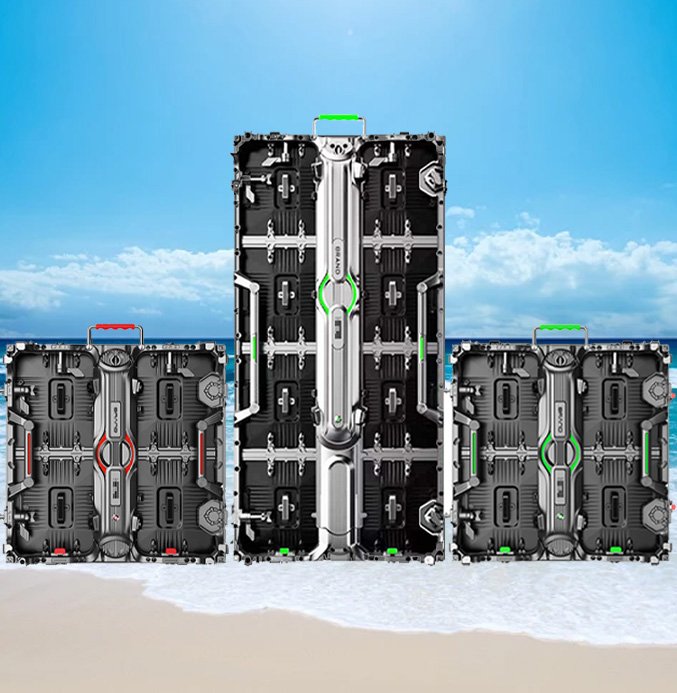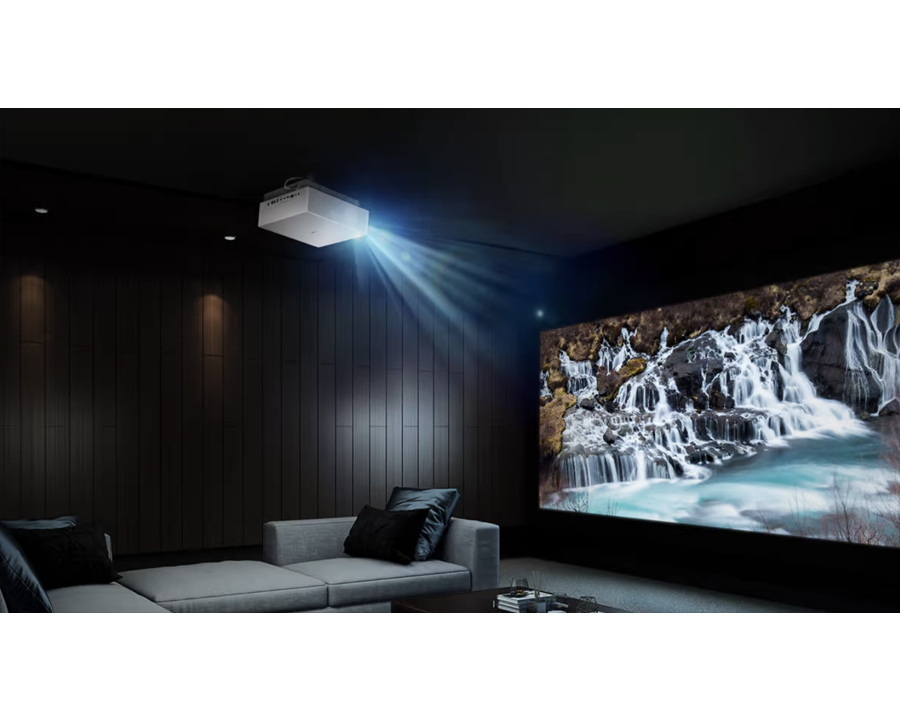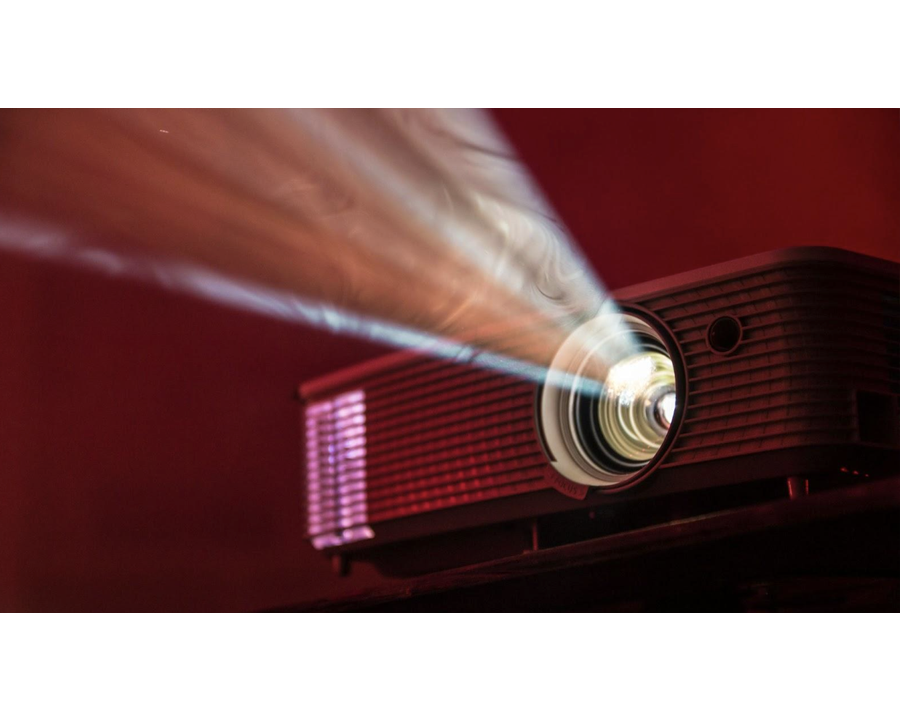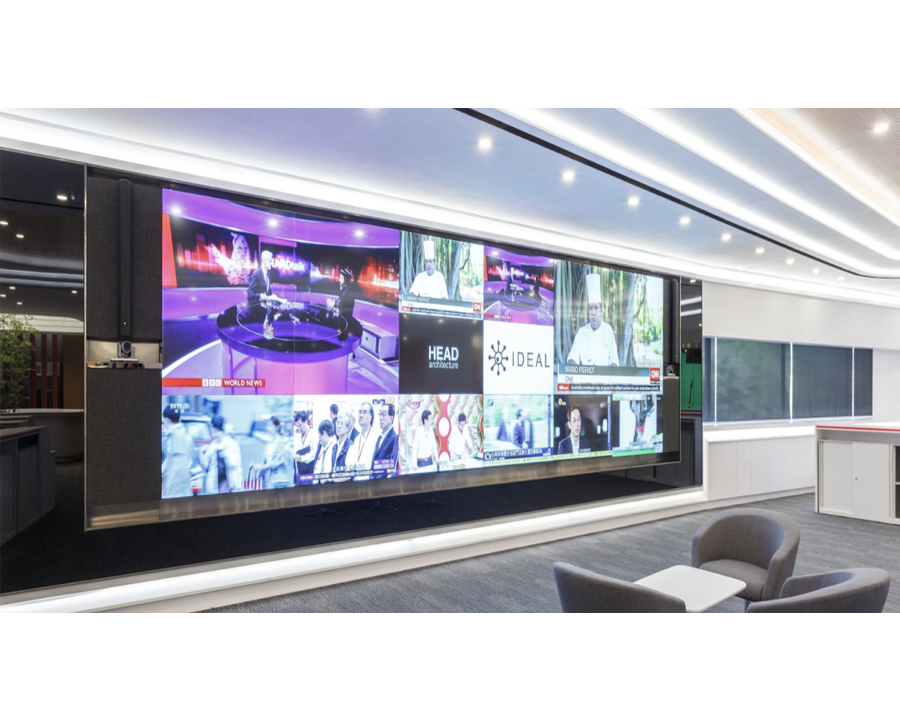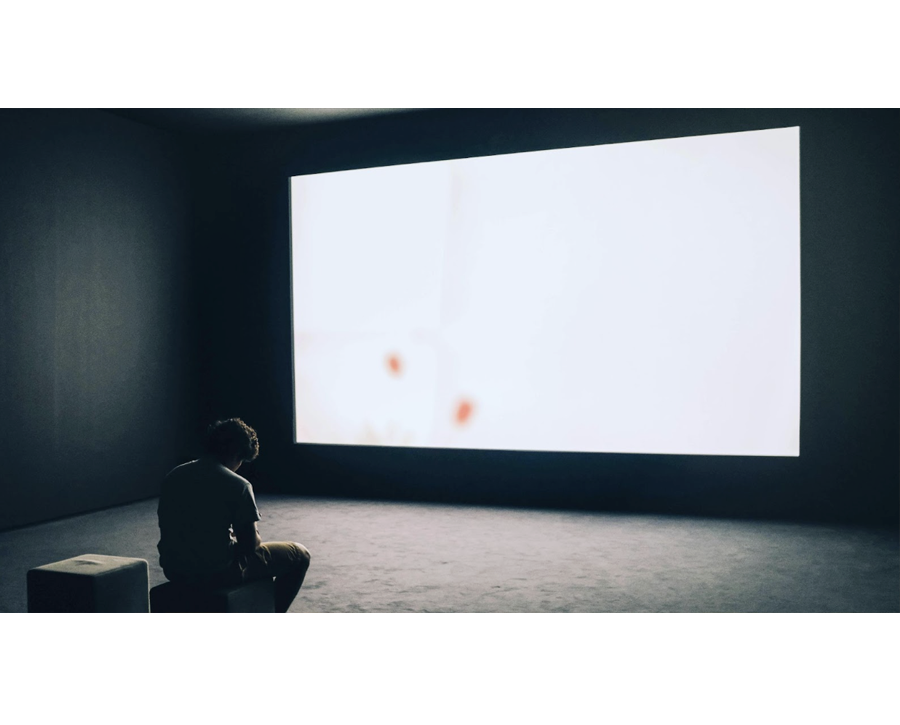
In the selection of display solutions for presentation, classroom, or advertisement LED display and projector screen two products cannot be looked aside. Every technology possesses special characteristics, pros, and cons. In this article, you will see the difference in detail and get to know which of them is more suitable.
What Is a Projector Screen?
A projector screen is a surface especially designed to reflect images from a projector. Projector screens are not like normal laminated walls or sheets. They are designed to do an optimal reflection of light to get vibrant and sharp images. These screens are indispensable for setups where large display sizes and immersive viewing experiences are desired.
Types of Projector Screens
a. Manual Screens
Manual screens are the most accessible and cost-effective of these. You can pull them down manually and roll them back when not in use.
Advantages:
- Affordable and widely available.
- It’s very simple to make use of and install.
- It saves space because it retracts when it’s not being used.
Disadvantages:
- Not ideal for frequent adjustments as the manual operation may become tiresome.
- May develop creases or wrinkles over time.
b. Motorized Screens
Motorized screens are advanced versions that operate with a motor and remote control. These are popular in high-end setups.
Advantages:
- Convenient and elegant.
- Precise and smooth operation.
- Ideal for professional or luxury setups.
Disadvantages:
- Higher cost compared to manual screens.
- Requires electricity and, in some cases, servicing of the motor.
c. Portable Screens
Portable screens are lightweight in weight and designed for mobility. It can be used for outdoor functions, seminars, and also in impromptu presentations.
Advantages:
- Lightweight and easy to deploy anywhere.
- It’s usable in a multitude of places.
- Cost-effective.
Disadvantages
- Aren’t as durable as fixed screens.
- Sizes will be smaller compared to a fixed solution.
d. Fixed Frame Screens
These screens are permanently attached to walls or stands. They are the preferred choice for a home theater or a corporate meeting room.
Some of the advantages include:
- Provides much stability and consistency in the quality of the image.
- No need to set up once installed.
- Are available in many shapes and forms.
Disadvantages
- Requires space availability.
- Installation may consume a lot of time, and be expensive too.
e. Paint-on Screens
To the minimalists’ delight, paint-on screen is that creative solution for which you turn your wall into a projector screen by using specialized paints.
Advantages:
- Will fit into any decor without looking out of place.
- For large areas, it is relatively inexpensive.
Disadvantages:
- It is permanent and not portable.
- Quality depends on painting skill and type of paint used.
Key Benefits of Projector Screens
- Scalability: These can let you have screens up to 300 inches, making them perfect for a large number of people.
- Versatility: This is true, as they are good for use in classrooms, home theaters and other settings.
- Cost-Effective: Screens are generally less expensive than LED displays.
Key Disadvantages of Projector Screens
- Lighting Conditions: Work best in darkened or low-light conditions. Brighter spaces tend to wash out the image.
- Need for Additional Equipment: More often it will require use of a projector sometimes along with a sound system thus having a higher cost.
- Setup and Maintenance: Needs readjustment, fine tuning and sometimes it needs washing.
What Is a LED Display?
LED display or Light Emitting Diode display is that flat panel display which utilizes light-emitting diode as a source of light. These LEDs produce their illumination and can make the screen very bright, sharp and have more vivid colors even when used under high level of environmental light intensity. LED technology can be found in TVs, digital signage, and large video walls.
Technology Behind LED Displays
LED displays consist of millions of discrete light emitting diodes arranged in a matrix. The cutouts are individually formed by Red LEDs, Green diodes and Blue diodes each. These three colours blended in varying degrees produce a full color image on the display. More recent advancements in technology are OLED (Organic LED) and MicroLED which add to brightness, contrast and efficiency.
Key Benefits of LED Displays
- Brightness: LED displays are excellent in any kind of lighting situation, even under direct sunlight.
- Super Image Quality: High resolution, large contrast ratios, and super richness of colors make them run the extra mile.
- Durability: Durable LEDs can have their running hours to a total of thousands without experiencing great deterioration.
- Ease of Use: Mostly plug-and-play, no difficult configurations are required to have it up and going.
Key Disadvantages of LED Displays
- Cost: They are much more expensive, especially for larger screen sizes.
- Portability: Bulky and heavy, making them difficult to move or relocate.
Power Consumption: LED displays consume more electricity than projectors and screens.
Projector Screen Vs LED Display: A Detailed Comparison
Image Quality
Projector Screens:
- The quality of the image depends mostly on the projector. High-range projectors can deliver exemplary image sharpness and color accuracy.
- The viewing experience is softer, which could be more comfortable for a long duration.
- However, the performance decreases in a very well-lit room.
LED Displays:
- Incomparable in clarity, brightness, and color vibrancy.
- Works perfectly in all light conditions and maintains visual consistency.
- Good for displaying video, graphics, and text-heavy content.
Portability
Projector Screens:
- Light and available in portable designs, projector screens are easy to carry and erect at various sites.
- Portable tripod screens are very useful for business travelers and educators.
LED Displays:
- Heavy and cumbersome to move around, LED displays are more permanent installation options.
- Smaller LED TVs are portable but don’t offer the screen sizes that projectors can.
Cost
Projector Screens:
- Inexpensive, especially when paired with lower-end projectors.
- Suitable for those who have a tight budget with large screens required but one can’t compromise too much on the quality.
LED Displays:
- The very initial investment made in purchasing an LED display is relatively high.
- Operations and maintenance are cheaper, yet the one-time investment becomes too costly for some clients.
Applications
Projector Screens:
- Excellent for educational purposes, office presentations, and home theaters.
- Work well for large audiences due to their scalability.
- Struggle with outdoor or brightly lit scenarios.
LED Displays:
- Best for retail, advertising, gaming, and premium home entertainment.
- Due to its brightness and durability, they are very perfect for outdoor digital signage.
Which One Should You Choose?
Choose a Projector screen if:
- You’re on a Budget: If affordability is your priority, projector screens are the clear choice. Even with a projector included, they cost less than large LED displays.
- You Need Portability: Moving between locations? Portable screens make it easy to carry and set up.
- You Want a Cinematic Experience: For home theaters, projector screens create a very realistic cinematic atmosphere.
Choose a LED Display if:
- You Value Image Quality: LED stands for Light Emitting Diode, and they truly outshine other technologies like nothing else when it comes to vivid colour, high resolution, and unbounded brightness of the display.
- You Need Durability: LED displays are durable and withstand long-term usage without a performance drop.
- You Prefer Minimal Setup: No calibration or other equipment is needed; simply plug and play.
Conclusion
Choosing between a projector screen and a LED display depends on your priorities. For cost-effectiveness and portability. Go for a projector screen. For superior image quality and durability. Choose a LED display. Assess your specific needs to make the right choice.
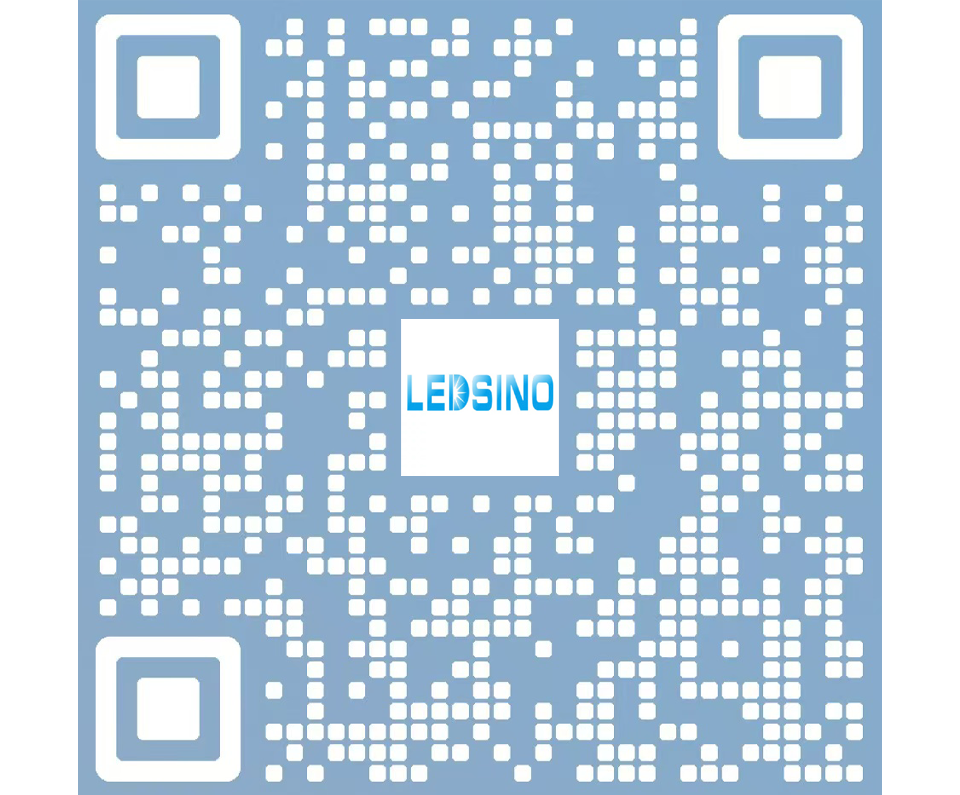
Enter the digital world with our advanced display technologies.

